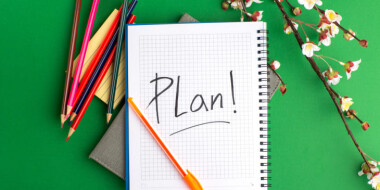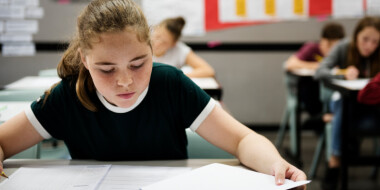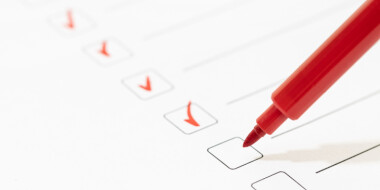Oracy is defined by British researcher Andrew Wilkinson as the fluent, confident, and correct use of the standard spoken form of a language. The speakers of the following talk — Anil Bayir and Ishak Ersin Kirac, introduce practical tips and procedures that can help teachers to apply oracy skills in the classroom.
21st century in education
When we look at the top 10 skills employers want nowadays, we find three important features that we need to help our students to master as skills. These are the ability to solve problems and make decisions, good — communication skills and the ability to sell and influence others. In the 21st century, it is of great importance not just to teach, but also expand some knowledge and change the behavior of our students. Hence, students should not be mere passive receivers, they should be active participants of the activities.
Concepts of oracy skills
We use speaking to communicate and to shape our thinking. So, the way we think shapes our speaking, and in return, the way we speak shapes our thinking. Let’s take a look at a more modern definition of oracy than the one introduced by Andrew Wilkinson in 1960s. On edutopia.org we find the following definition: “It is children discussing ideas with each other and coming up with their own conclusions. Talk supports thinking, and that means it supports learning”. Teaching oracy means putting more intention behind how you guide and organize your students talk. Below you can see the main toolkits of oracy skills:
Physical — Voice projection, eye contact + body language
Linguistic — Vocabulary, grammar, style
Cognitive — Organisation of content, audience level, reasoning
Social — Talk management, confidence
How do we implement the oracy in the class?
When students have some debates with their pairs or in groups, they become more and more engaged in it and use their oracy skills. Apart from that, they should also know how to check if their peers are listening to them or not. It can be seen due to responses, asking questions, body language, facial expressions, gestures and mimes.
Creating discussion guidelines with your students is a nice way of implementing oracy in your classroom. «Once you’ve got them, it encourages you to include a lot more discussion within your lessons, and it also gives you a framework for those discussions», says Gaunt. You can create discussion guidelines by showing them good and bad examples of discussions. After watching two different videos of discussions, your students will have a clear understanding of what the key points of a good discussion are. Hence, they can make a list of the important points for implementing oracy in the classroom.
Performance tasks with oracy
At the end of the talk the speakers introduce three types of performance tasks:
- Making a presentational speech on a specific topic.
- Working collaboratively in a group to discuss an issue and reach an agreement.
- Working in pairs, with one person helping the other to perform a particular task.
The above mentioned tasks are of great importance for students as they go hand in hand with the three skills — good communication skills, problem-solving and decision making ability, and the ability to sell and influence others, the employees of the 21st century are looking for.
Watch the performance tasks here (22:00 — 33:00)
To finalise, we can state that oracy is not just about language, it encompasses physical, social and emotional, linguistic and cognitive aspects of learning. And we, as teachers, should be responsible for developing our students oracy skills in the classroom, taking into consideration their main toolkits.






 Анна Тетерина
Анна Тетерина 
 Анастасия Юферева
Анастасия Юферева 


